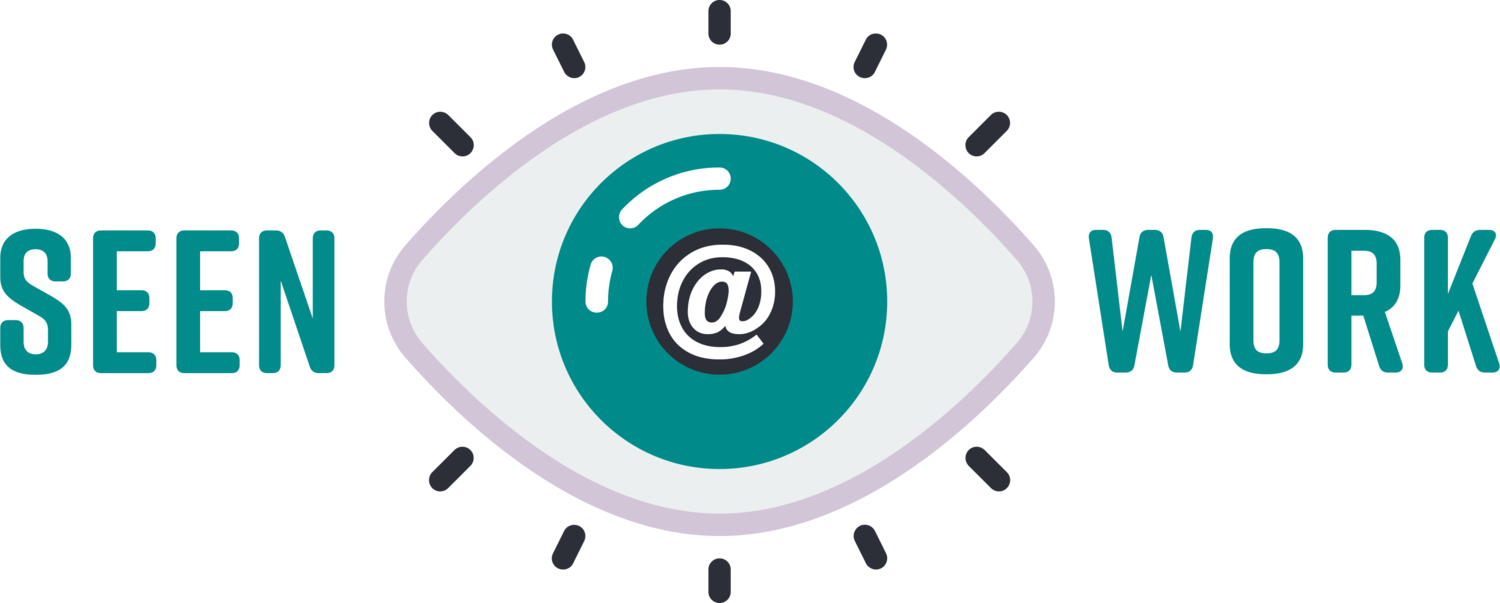Reflecting on Earth Day
I am Abhishek, a Senior Consultant at Seen@Work and through my work I help Seen@Work’s clients investigate their organization’s performance on diversity, equity, inclusion and belonging and help them make targeted interventions to improve them. Today, I want to talk about Earth Day.
Last Friday, April 22 was Earth Day. The day, observed every year in late April since 1970 aims to raise awareness about environmental issues and actions that can be taken towards environmental welfare across the globe.
You may also be aware of the timeline many climate scientists have proposed as points of no return, i.e., if the people of the world do not reduce greenhouse gas emissions drastically soon, the environment will warm up to irreversible levels. For me, along with many of my peers, and perhaps even you, this is alarming – after all we have the one planet we have to call home and its ecological health directly influences the quality of life for everyone of us.
There’s an even darker side of climate change that has deeply informed my passion for equity broadly - climate change has historically had a disproportionate impact on certain groups of people.
“There’s an even darker side of climate change that has deeply informed my passion for equity broadly - climate change has historically had a disproportionate impact on certain groups of people. ”
Build Community -
Retain and Engage Your Employees
Check out Seen@Work’s signature Circle Program.
Schedule a Consultation today.
As I continued learning more about climate change, I came across the concept of environmental justice, the social movement which aims to address the inequality of exposure to the direct harmful effects of environmental exploitation across specific demographic groups. More often than not, those who are directly impacted by environmental injustices are those that are from the lower rungs of the socioeconomic ladder and those belonging to underrepresented groups.
Reports like this and this drive the point strongly that racial minority groups are most likely to be impacted disproportionately with increasing temperatures, in the US.
These trends are not limited to the US and its vulnerable racial groups however – underrepresented groups globally are the most likely to be more impacted by climate change. The UN finds that women too face disproportionately higher challenges due to rising temperatures and the political, food and water instability that accompanies it.
“Underrepresented groups globally are the most likely to be more impacted by climate change.”
As organizations move the needle in ways that are meaningful, to enhance their diversity, equity, inclusion and belonging internally, they help make it more likely for people from traditionally marginalized backgrounds to engage, and thrive, in their workplaces. I am optimistic that more people from underrepresented communities can be given more opportunities to influence factors which feed into environmental policies that directly impact their communities.
I am also heartened by how contemporary interventions towards climate change acknowledge both the identities of groups and how directing interventions towards specific groups could have disproportionate impacts. For instance, one of many initiatives working on solving for climate change, Project Drawdown, curates a list of substantive solutions to address global warming and uses data models to rank said solutions based on their impact towards reducing carbon emissions in the environment. According to Drawdown, the fifth most impactful intervention to combat climate change is to educate girls.
I remain cautiously optimistic; trends show that more individuals participating in economies worldwide are demanding more from organizations to do better towards being sustainable. And, as organizations do the work to get better at DEIB, there are numerous benefits - not only because it’s the right thing to do, and that they are more likely to perform better in the work they do and be more innovative, but doing so might be getting us closer to defending our environment in the fight against climate change.
Need to Train Your Employee Resource Group Leaders? Consider Bringing Seen@Work to Your Org.
Click the Image and Schedule a Consultation today.


